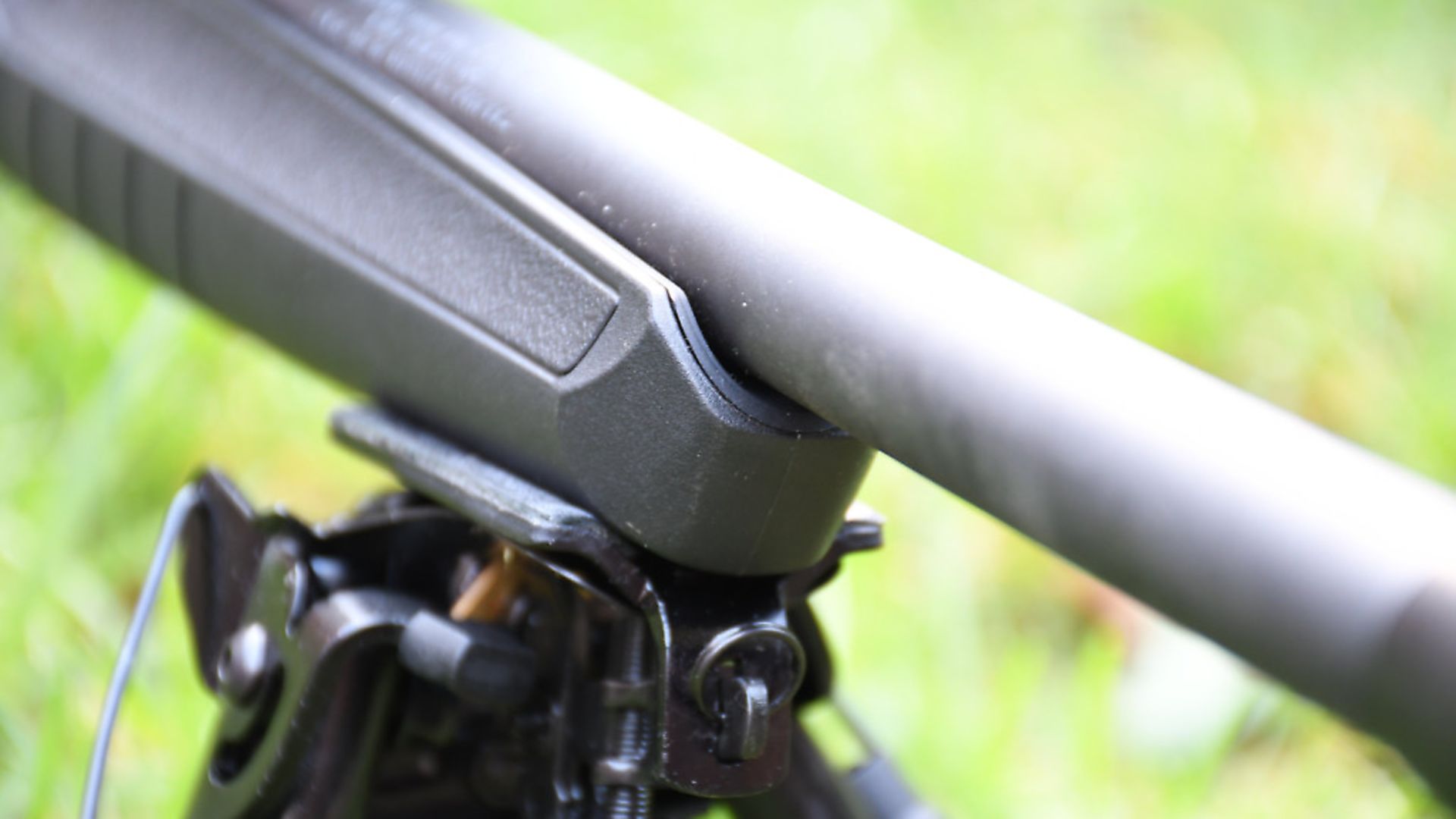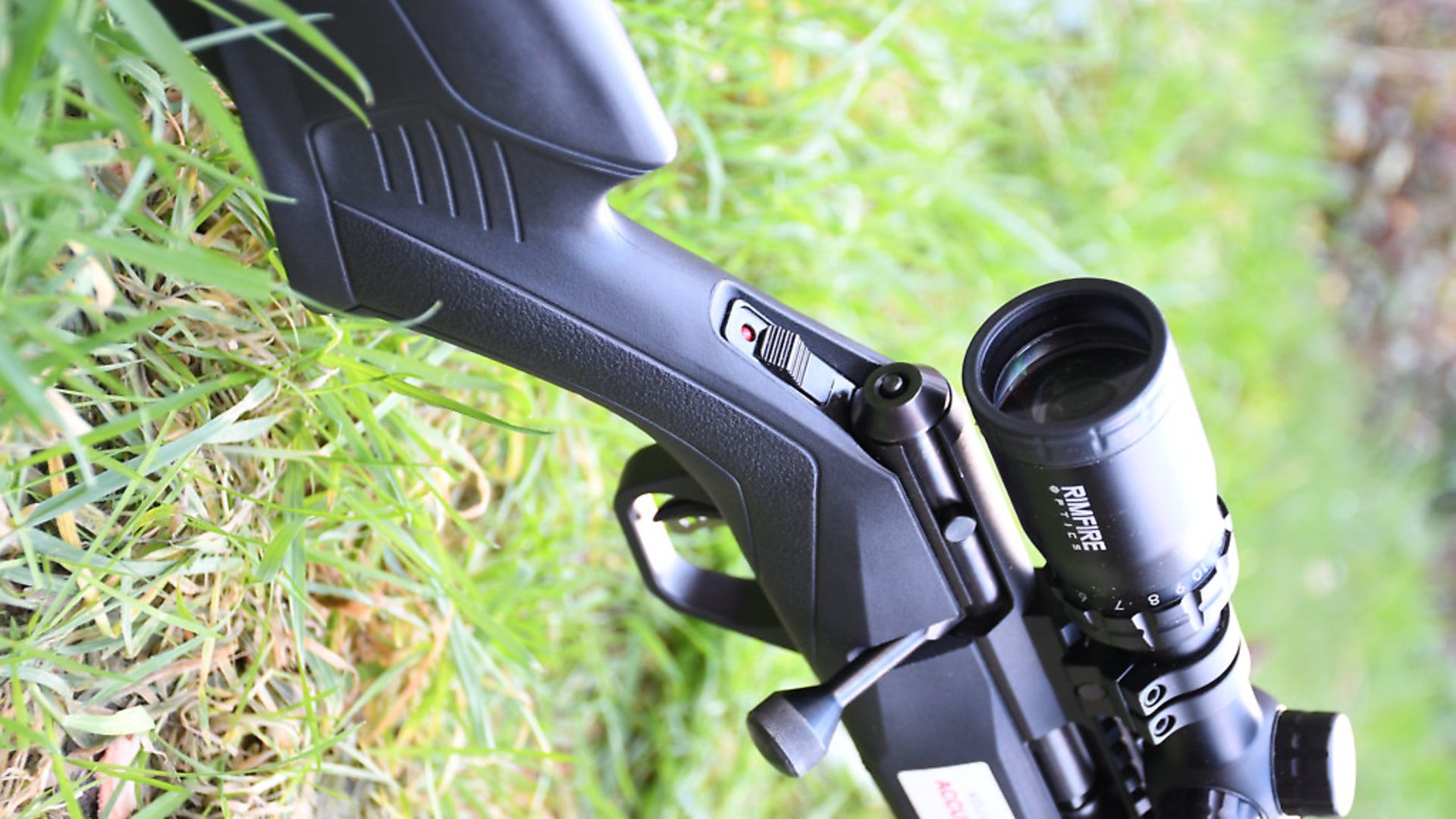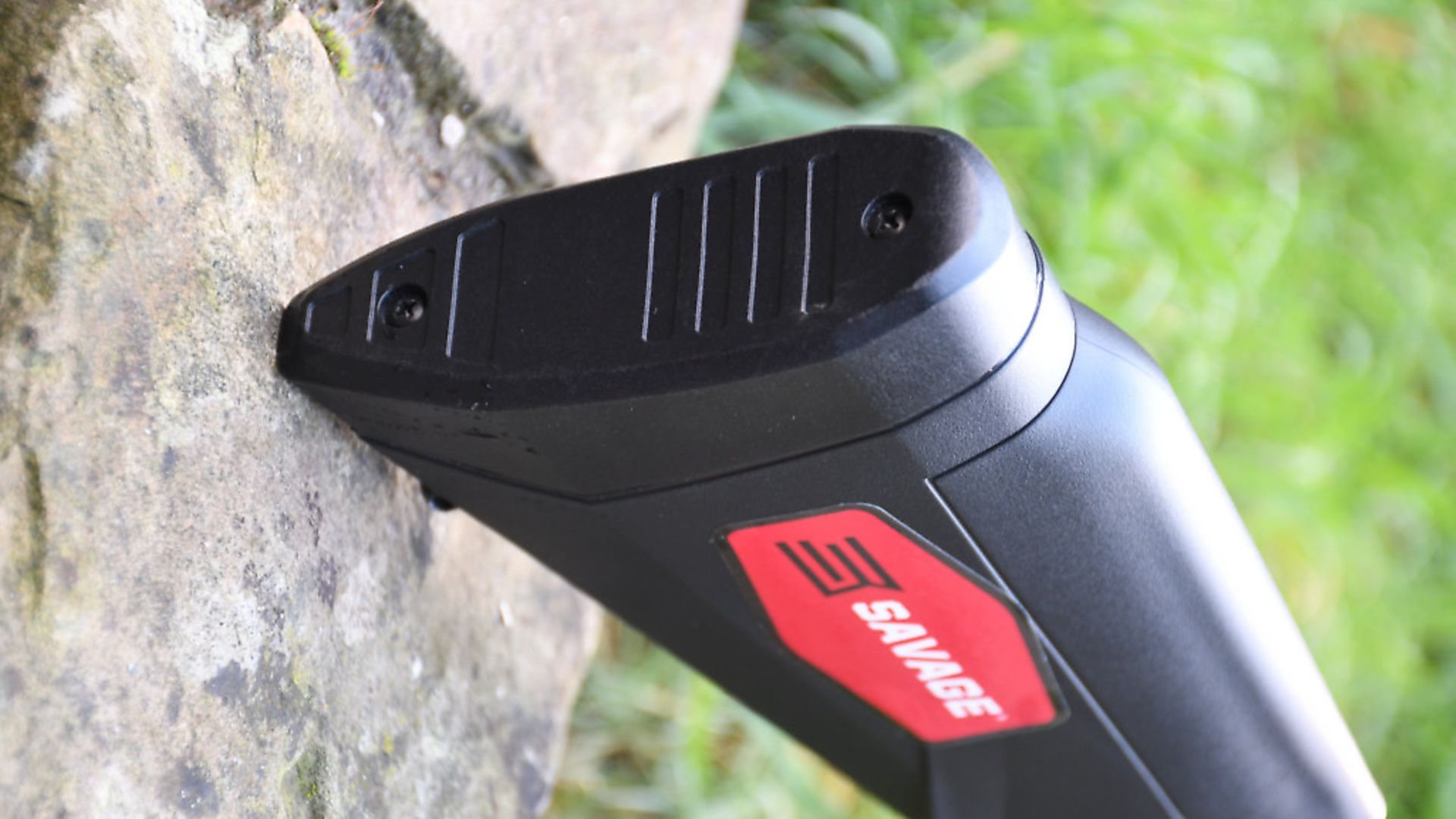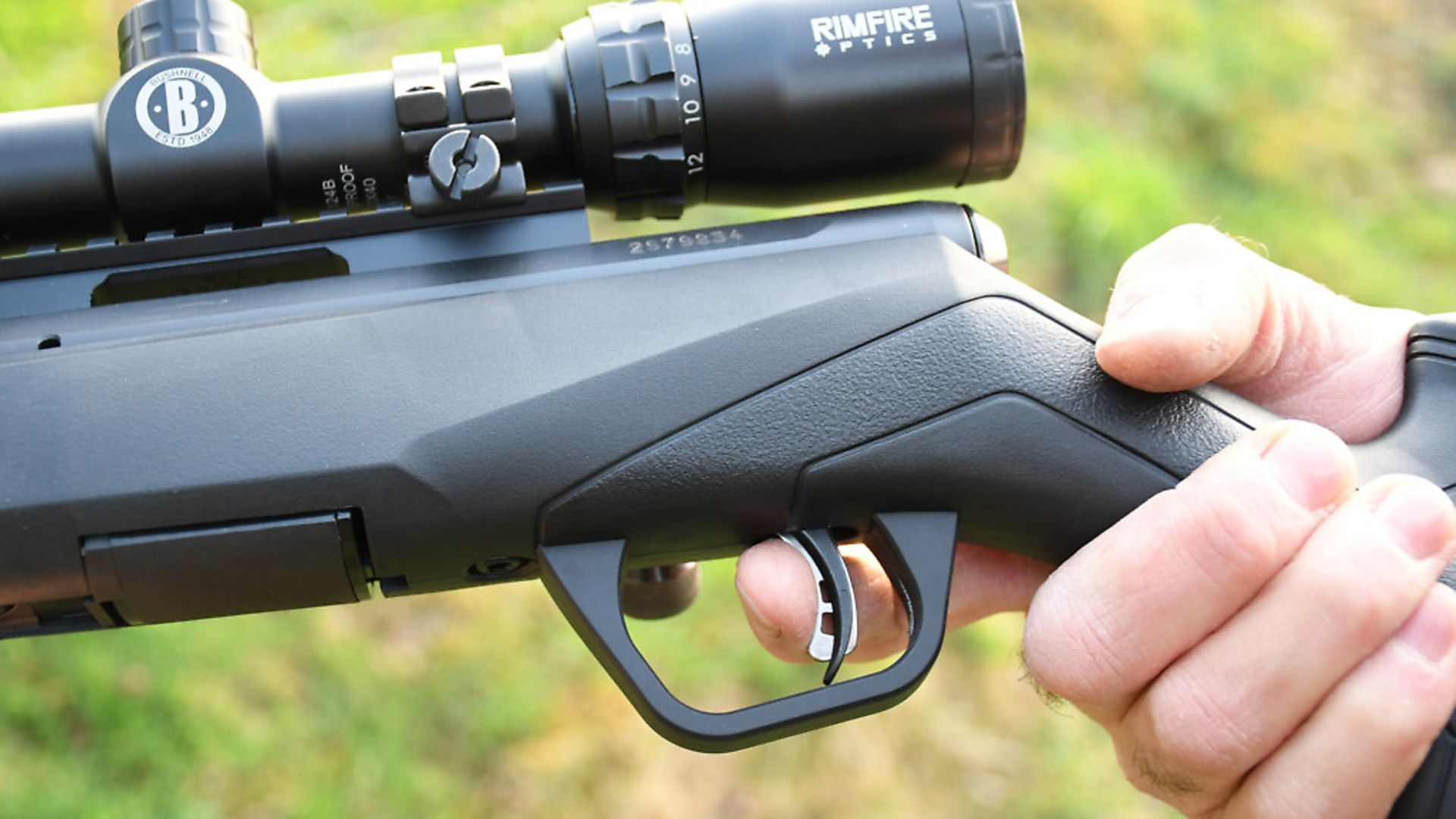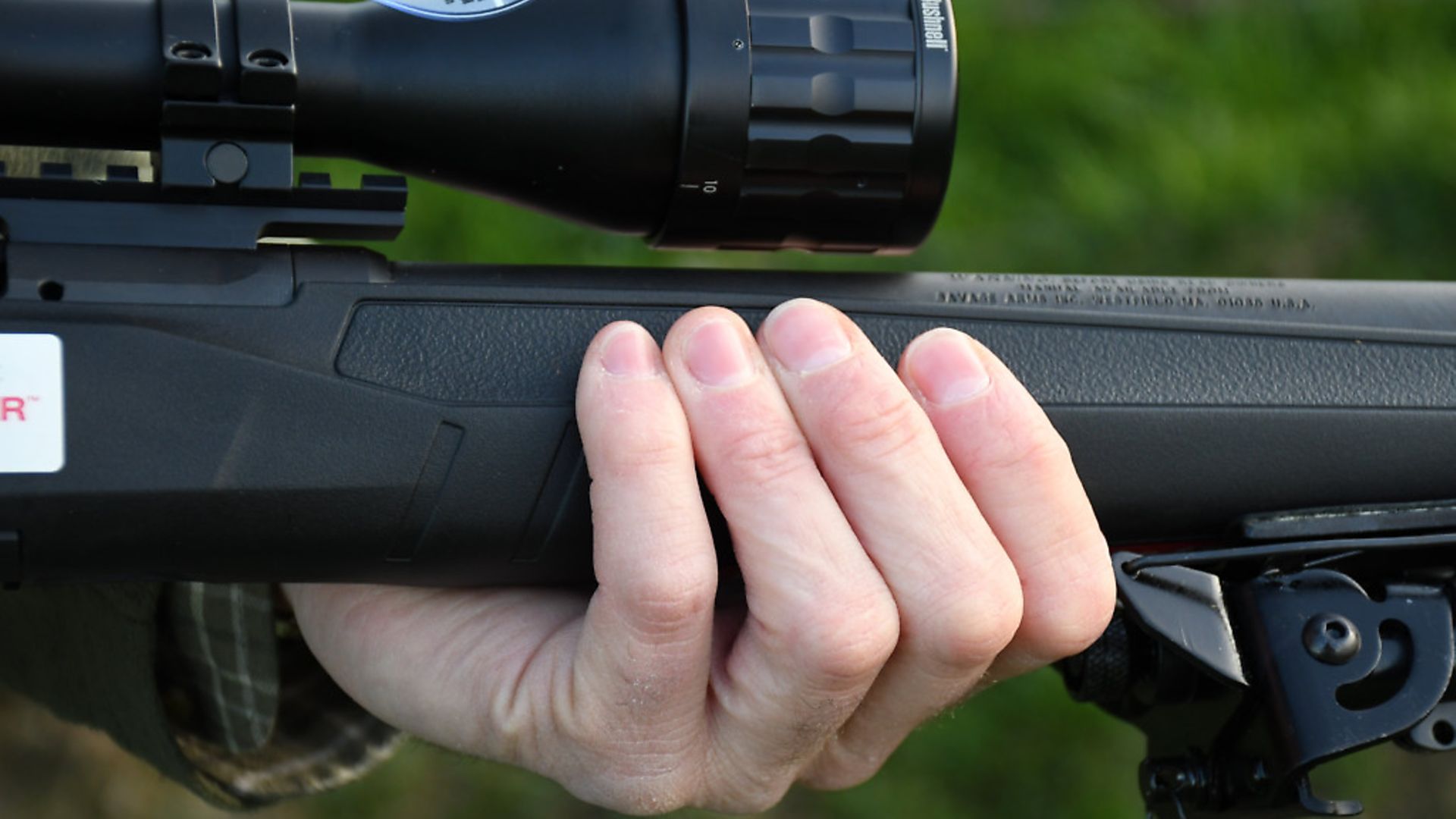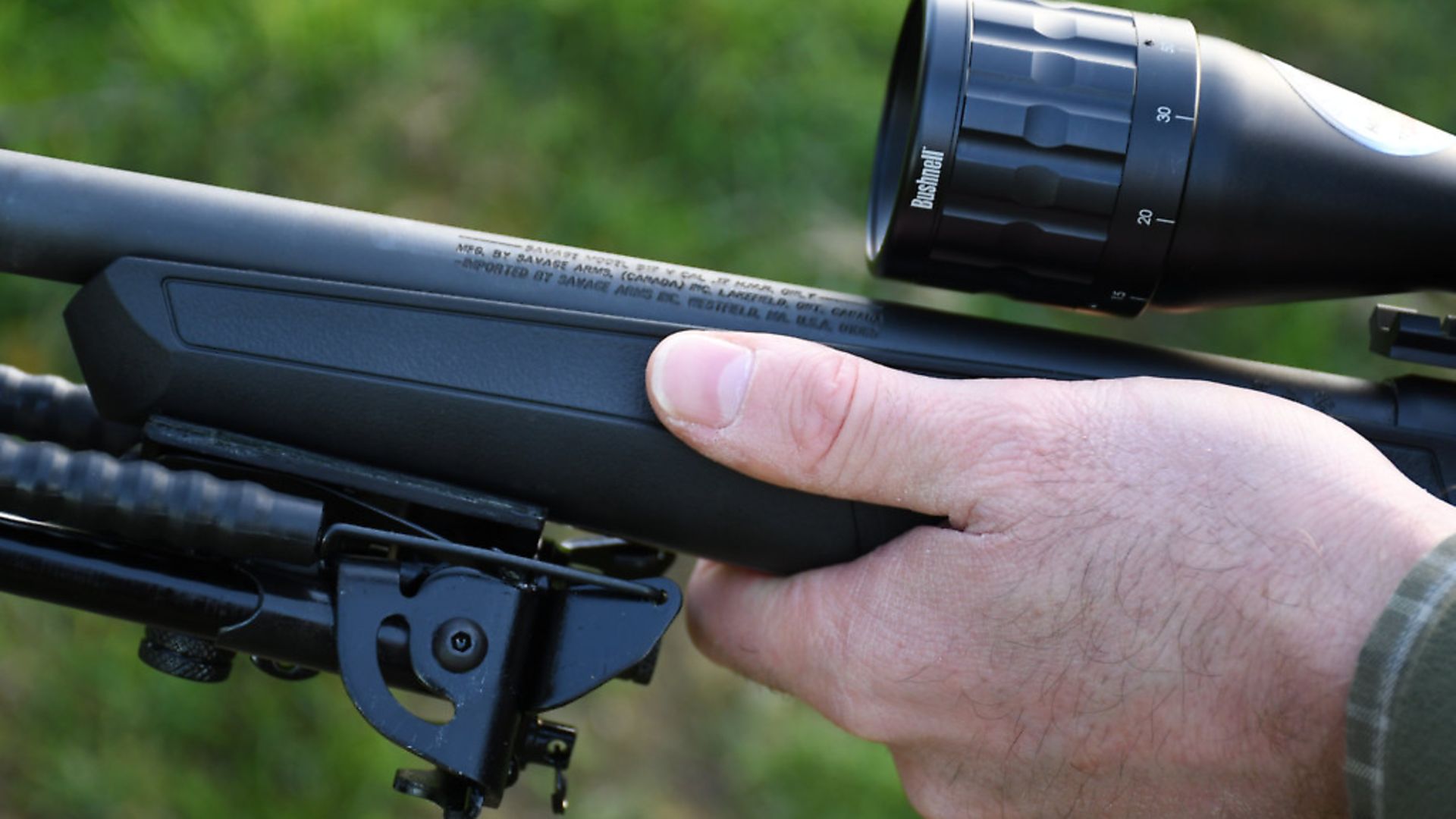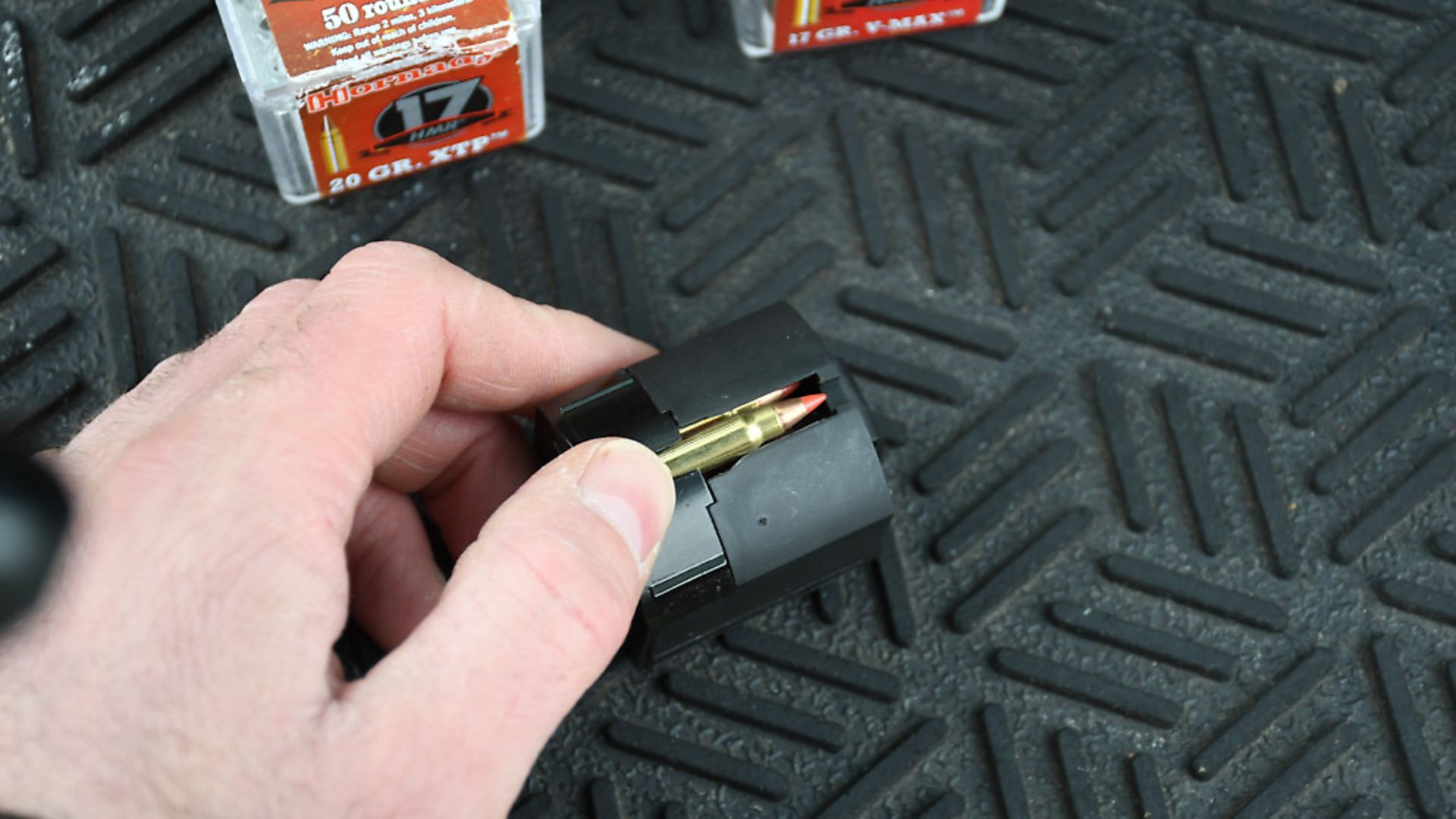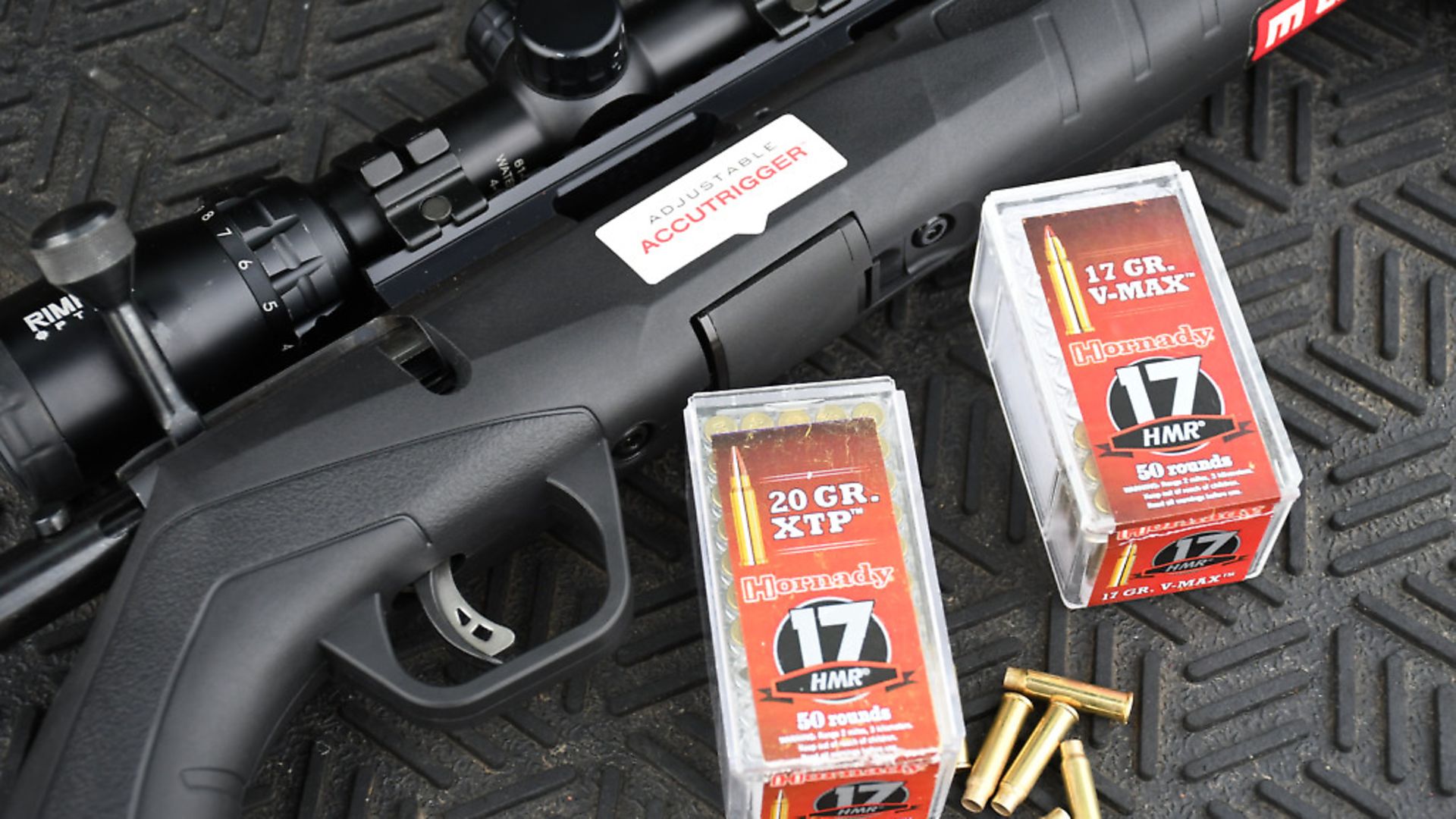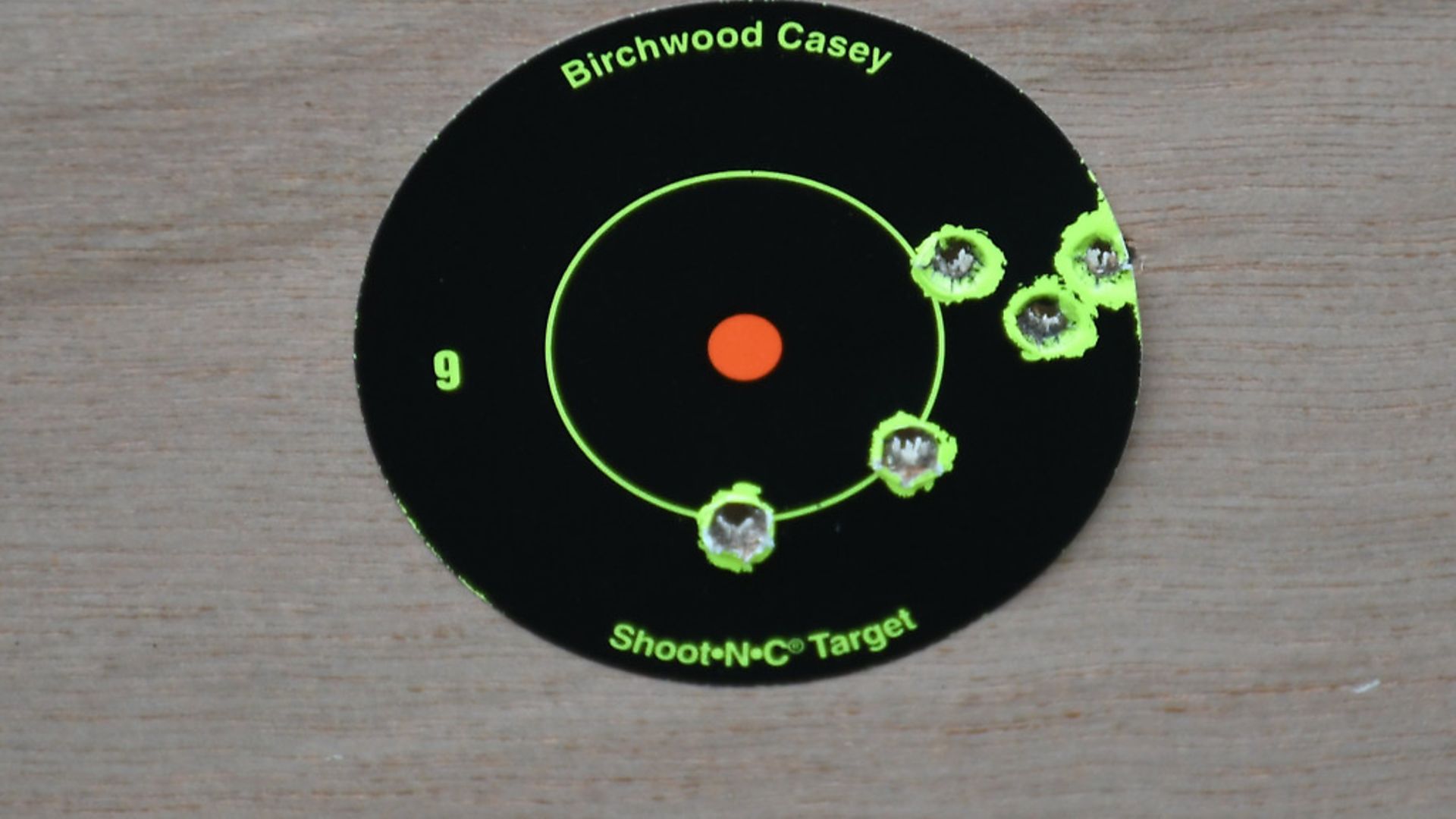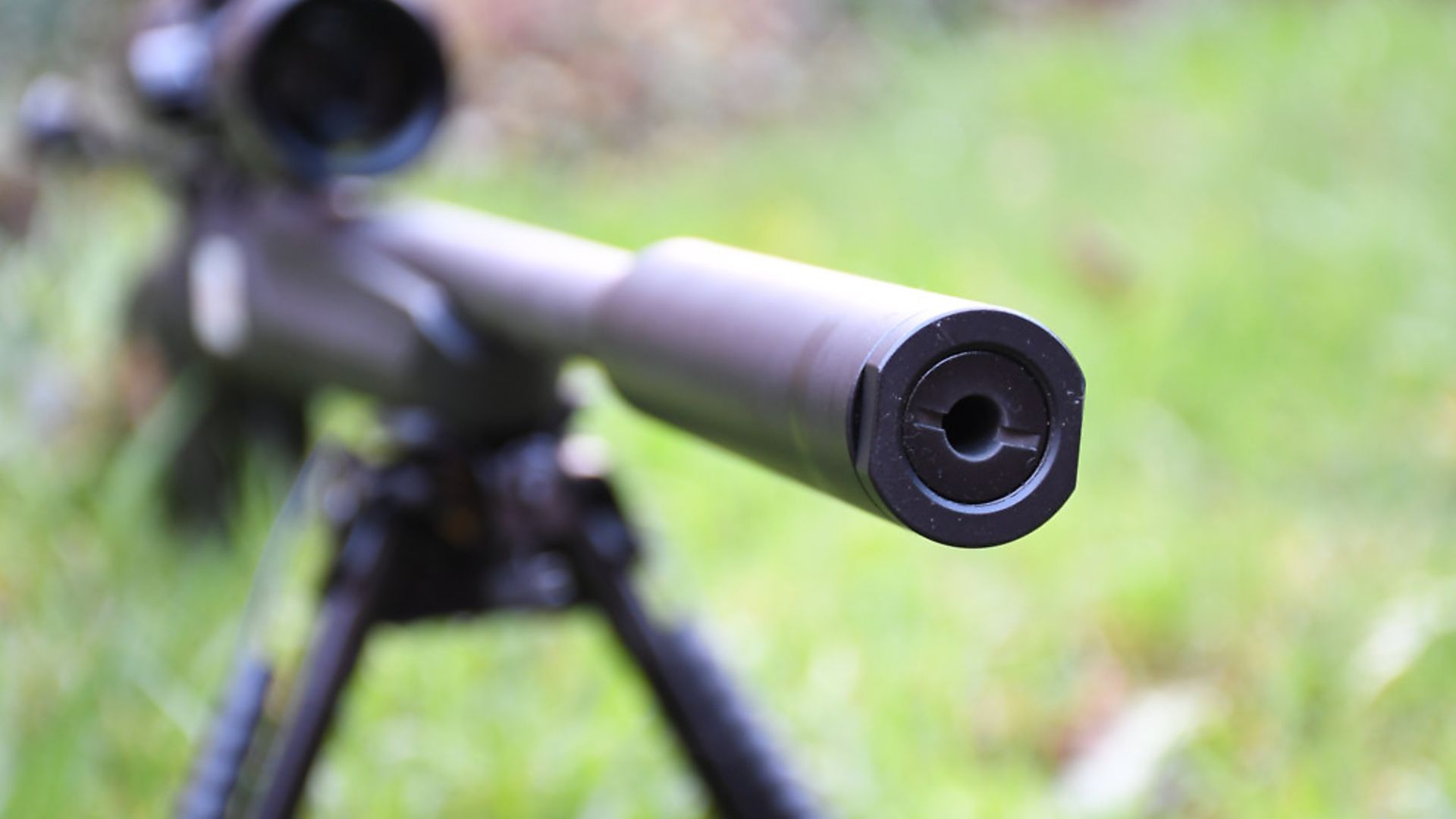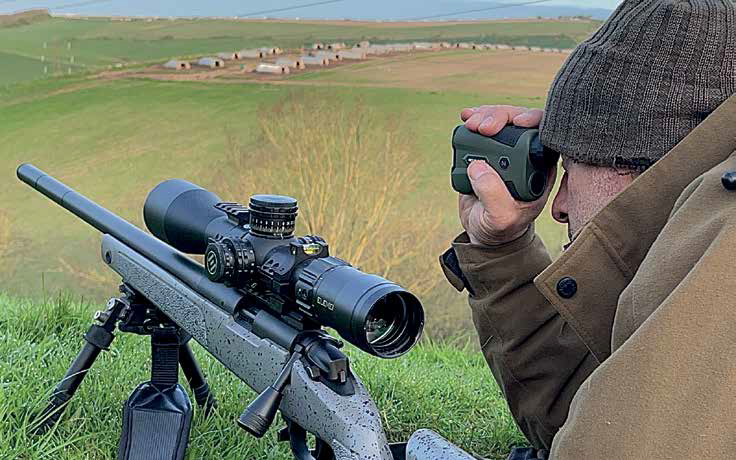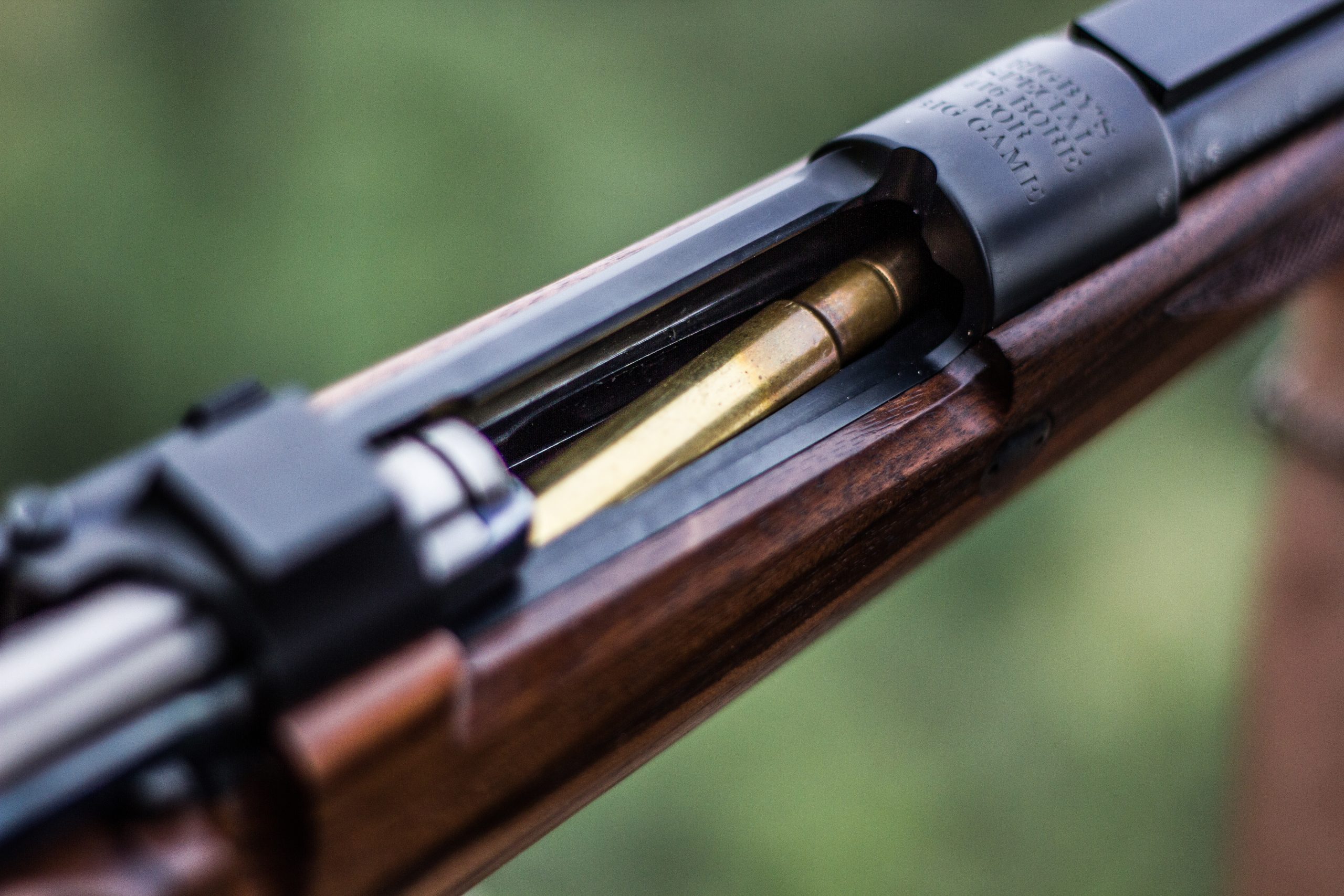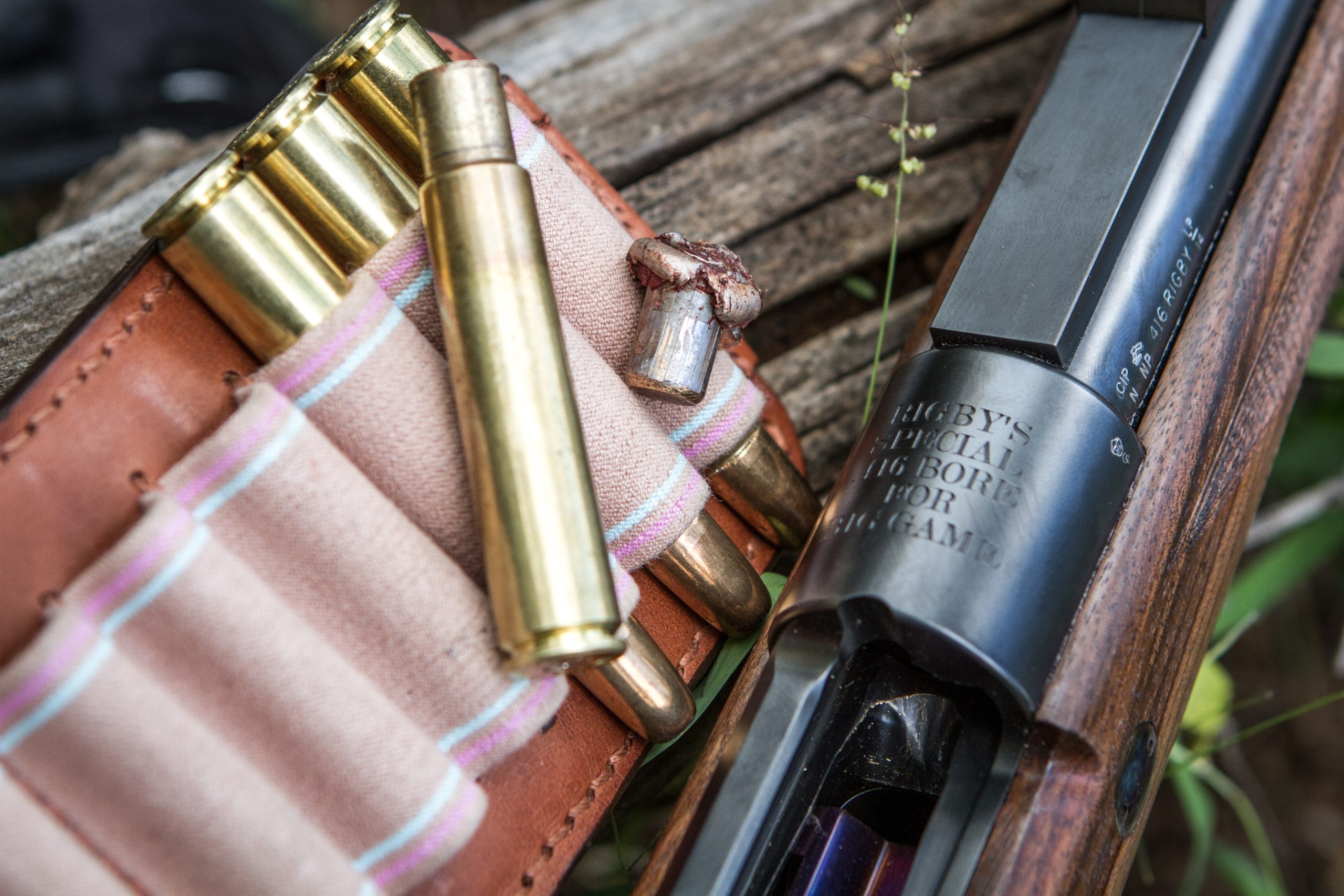Savage B17 in .17 HMR – tried & tested
Would you like to appear on our site? We offer sponsored articles and advertising to put you in front of our readers. Find out more.
Chris Parkin reviews the Savage B17 in .17 HMR and discovers a rifle absolutely perfect for teenage shooters and newbies looking for a hardy tool
PROS: A handy lightweight; Stock dimensions to suit a younger teenager perhaps; Mechanically faultless; Picatinny rail
CONS: I’m not a fan of plastic buttplates
OPINION: The B17 is a great option for someone wanting a 10-round magazine capacity no-nonsense tool to do a job, or a first gun for someone not afraid of a few bumps and scratches to add life to their well-used rifle
TECH SPECS
Model: Savage B17 17 HMR (22 rf also available)
Magazine Capacity: 10 round detachable magazine
Barrel: 410mm/16” Button Rifled ½” UNF (1 in 9” twist rate)
Length: 880mm/34.75”
Weight: 2.5kg/5.5lbs
Length of pull: 335mm/13.25”
Trigger pull: 973gr/2.2lbs
RRP
Savage B17 .17HMR: £574
Bipod – standard 9”-13”: £120
Weaver quad lock mounts: £23
Bushnell Rimfire Optic in 4-12×40: £152
Sirocco SM-11 moderator: £53
CONTACT
Edgar Brothers 01625 613177 www.edgarbrothers.com
IN DEPTH
The B17 is an update that adds a little modernity to Savage’s .17 HMR range, which I will state outright, has models specifically built for left-handers. If that appeals to you, read on, because multiple barrel lengths and formats, rimfire calibres and even stainless options are available too.
An injection-moulded synthetic stock forms the basis of this rifle with a high, slender comb more suited to scope use than the iron sights of decades past, yet they still seem to inspire stock geometry all too regularly.
For once, this rifle also has an included Picatinny rail, immediately pushing it to the front of the queue when it comes to adding night vision or thermal sights for serious pest control work, as well as making daylight optics more flexible with eye relief on smaller rimfire guns.
Savages, and I make no apologies for saying it, are the ‘tool’ of the rifle world. Rarely are they particularly graceful to look at, but they usually show dependable mechanics that will work in all conditions at a price point that won’t have you crying if you scratch or damage it.
The stock offers a 13¼” length of pull to the main blade of the Accutrigger. The inset safety lever adds an extra ¼” to the length of pull. I don’t mind Accutriggers because the first stage of 200g is almost unnoticeable and, unlike some American triggers, allows a user-friendly break of 2lb in the crisp second stage, breaking between 907g and 986g for five consecutive operations. This is ideal for a lighter rifle in the summer months, and the fact that the user can adjust it might see you adding another 500g for gloved fingers in the winter. The trigger guard is modern and angular, yet still spacious.
Bolt lift is slightly less than 90° with a single rear-locking lug (the 35mm bolt lever) locking the action behind the freely rotating bolt shaft and head. This head push-feeds rounds from a lightweight 10-round polymer magazine with a rotary feed action to present and chamber fresh rounds, before twin claw extractor/ejectors fling empties clear.
The bolt doesn’t lock when the tang safety is engaged but cycles smoothly and fairly quietly, seemingly independent of any specific required cycling speed to ensure effective operation. Savage suggests the grip is a ‘vertical pistol grip’, but it’s more an open radiused Sporting grip to my mind. There is no offset or palm swell but, on a light rimfire, this is for the better as you can shoot ambidextrous as and when you need to with no diminished comfort. Given that the grip is also proportioned similarly to the stock for a younger teenager’s hand, the reach to trigger is perfect for an adult with bigger hands. The blade sits under your index pad and nothing more than a finger flick out and up is required to open the perfectly positioned bolt-handle.
The butt plate of the stock is a slight disappointment because smooth, hard plastic doesn’t sit or grip in your shoulder pocket as well as a rubber one will, but hey ho, it’s screwed on, not bonded, so could be customised.
Stippling is moulded on the sides of the grip, similar to the finger grooves on the upper fore-end walls that are stiff enough for prone shots from the bipod if you adopt good technique with the legs, having the rifle point naturally rather than twisting too hard to gain position. Of course, recoil is virtually zero, so the rifle isn’t going to be flying out of your hands after the shot, and there are also inlaid ribs on the tactile gripping surfaces of the underside. It’s warm to the touch, although a little slippery when wet.
The barrel shows a heavy, straight profile of 20.4mm of its entire 16”/419mm length, that is ideal for the cartridge and well able to maintain factory specified velocities of 2,557 fps with 17gr Hornady V-Max ammunition. Just a few less at 2,428 fps average for a 10-round string of the heavier and, in this rifle, more accurate and consistent 20gr Hollow Points. The former was dropping in groups of 1½” at 100 yards with the latter keeping all rounds, other than the odd flyer, at 1¼” over the same distance.
Savage button-rifle their barrels, and time and ammo through the bore showed improved accuracy over the first 200 rounds. By this time, both ammunition types had dropped a quarter inch off their group sizes, although odd flyers still independently controlled group size with a ¾” four-rounder soon blown by a single flyer. Hence, I prefer a 25-round, 5-group string to really see what things will do on paper, and what I can rely on when hunting for real.
Savage screw their barrel tenons into the action with a barrel nut to control headspace more tightly in a high-volume mass-market production facility. Barrels are also checked by one man on the ‘big wheel’ as I termed it, and have a reputation for putting meat on the table.
Alongside that, Savage have always been a company to meet market needs first with innovative specification formats, especially for target and precision rifles, and I have to say I have never had a Savage fail to perform on paper for me.
They do seem to remain proportioned for small shooters though, and the 13” length of pull here, and quite small pistol grip, do seem more correctly proportioned for a younger teenager. Less of a problem on a rimfire with minimal recoil, but more of an issue on a centrefire where control of that physical force is key to precision from any position. Take a careful look at the specification for each model online as I suspect one will suit you perfectly. Just watch the length of pull on the centrefires!
A few late-season rabbits, before the winter got very wet, showed the gun to be effective and pleasurable to use. Quoted RRPs are not street prices, so have a look out and ring round to see what your dealers can do. For a tool to do a job with no fuss and a trigger far better than most rifles of higher price points, I liked the B17.
The Picatinny rail, bolted to the action above its dark matt finish and facetted action walls, is a very modest look that will stand up well to harsh conditions. Guns are a bit like cars – make them too nice and you spend your life more concerned over their care and condition than getting out and using them for their intended purpose.
Sound moderation was good, with the Scirocco moderator’s sleek looks screwed onto the ½” threaded muzzle. The B17 is light, centrally balanced and very pointable with the short heavy barrel, and there is enough fore-end to ensure a decent level of grip without the rifle becoming bulky. I measured the barrel at 16” by the way – the Savage website said 18”, but I will forgive that.
Sling swivels front and rear are solid for assured carrying and bipod mounting. The magazine takes a little bit of wearing in at first, and the small rounds clipped into the rotary mechanism need a precise hard push, so this is perhaps better done in daylight before the heat of the moment, but it did wear in a little and become easier.
The most important thing, though, was it never failed to present a fresh round to be pushed into the chamber by the bolt, or snagged in its magazine well. There are few things more irritating than a required mag change at short notice with a mag that won’t drop free of the gun.
The small catch to the front of the mag well seen here was a great compromise between simplicity, a solid click into position and remaining flush with the stock’s underside. Hopefully, these cheap polymer units will be easily available as spares or consumables, as most polymer mags don’t last forever.
Related articles
CZ Trail in .300 Blackout
Bruce Potts tries out the CZ Trail, a compact and versatile rifle that blends tactical design with lightweight portability, making it ideal for stalking in tough terrain
By Time Well Spent
Get the latest news delivered direct to your door
Subscribe to Rifle Shooter
Elevate your shooting experience with a subscription to Rifle Shooter magazine, the UK’s premier publication for dedicated rifle enthusiasts.
Whether you’re a seasoned shot or new to the sport, Rifle Shooter delivers expert insights, in-depth gear reviews and invaluable techniques to enhance your skills. Each bi-monthly issue brings you the latest in deer stalking, foxing, long-range shooting, and international hunting adventures, all crafted by leading experts from Britain and around the world.
By subscribing, you’ll not only save on the retail price but also gain exclusive access to £2 million Public Liability Insurance, covering recreational and professional use of shotguns, rifles, and airguns.
Don’t miss out on the opportunity to join a community of passionate shooters and stay at the forefront of rifle technology and technique.



